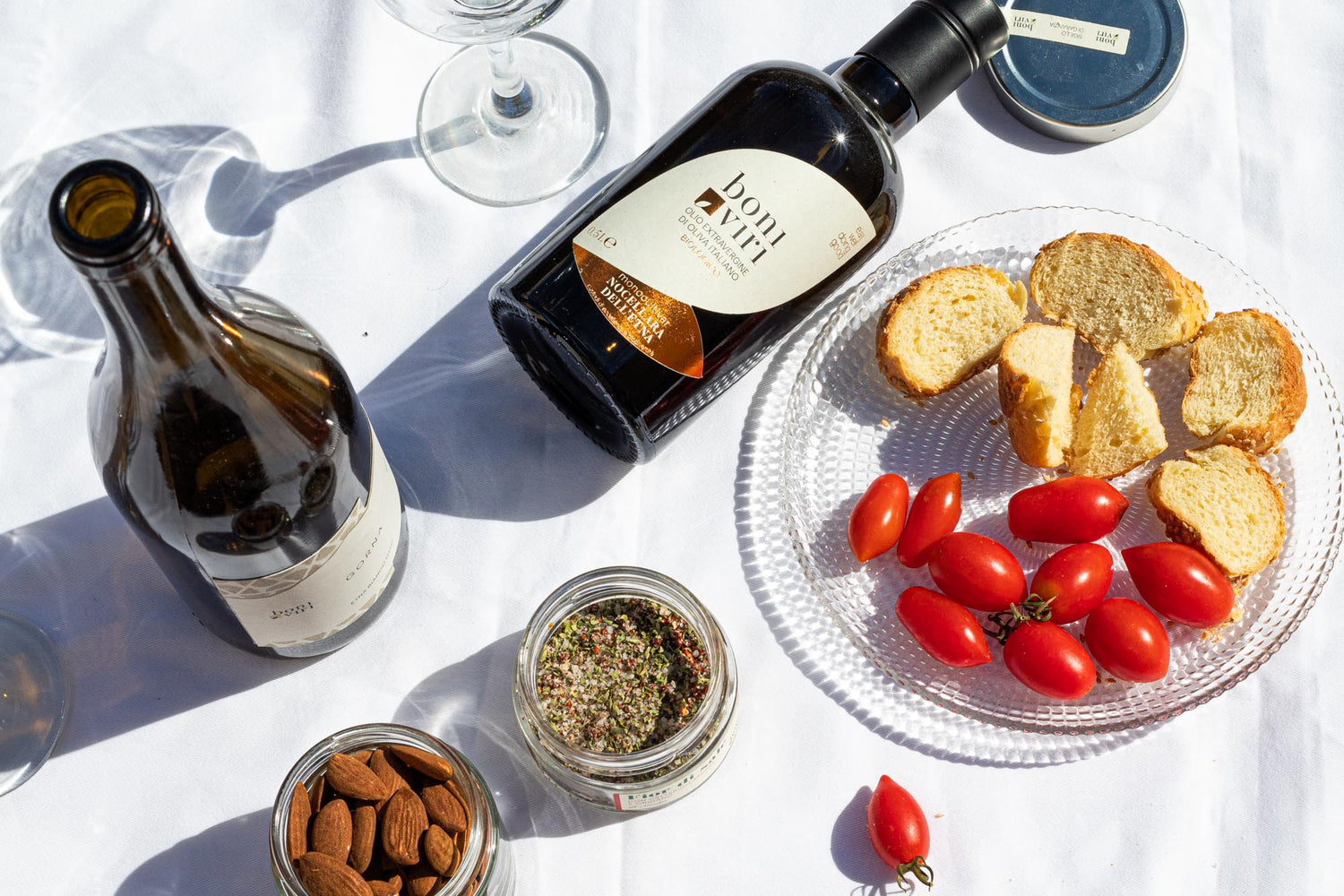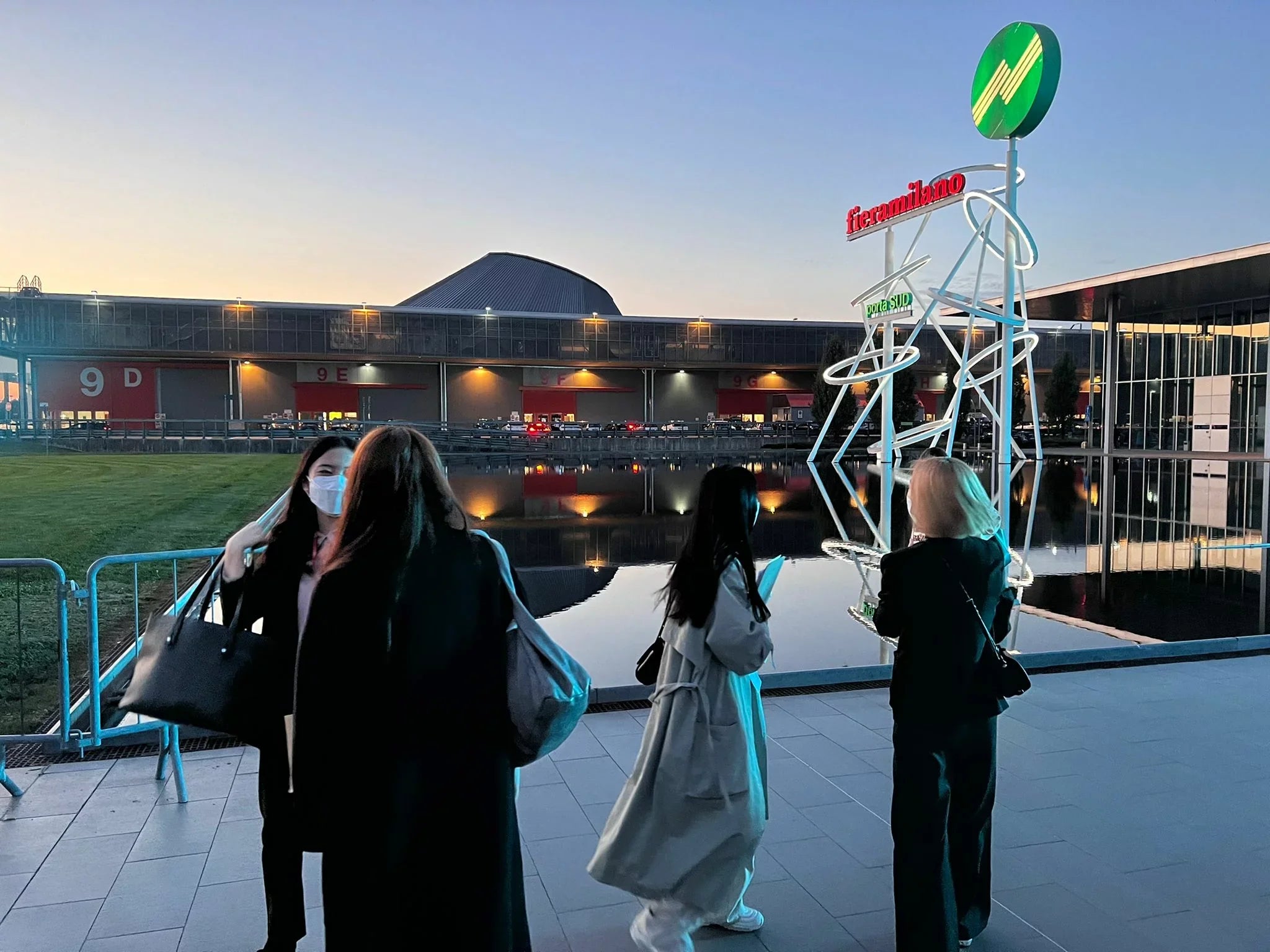Published date: October 25, 2021
From October 22nd to 26th, Boniviri participated in TUTTO FOOD in Milan, one of the most important international fairs for the world of food. A great emotion and also an opportunity to present Boniviri internationally.
But we asked ourselves: what is the environmental impact of a fair? And how can we do our part to be more sustainable and consistent with our way of doing business?
We did some research and Chiara Civardi’s article, “Making industrial exhibitions green”, sheds light on the impact of the exhibition industry and the less sustainable practices associated with exhibitions.
To give an idea of the scope of these events, as reported in the study, in 2018 the number of trade fairs organized in Europe exceeded 2,670, with over 735,500 exhibitors and 75.4 million visitors.
As the author points out, “despite their importance, conventional industrial events have substantial environmental impacts. Indeed, these meetings require energy and resources, and are also responsible for emissions in all environmental sectors: air, water and soil”.
To give you an idea, a 3-day conference with 800 attendees has an estimated carbon footprint of 455 tons of CO₂ equivalent, corresponding to an average of 0.57 tons of CO₂ per attendee.
For its travel, the Boniviri team generated an emission impact of approximately 1 ton of CO₂ equivalent. For this fair, the Boniviri team (composed of 5 people), considering travel by plane, car, motorbike and subway, generated an emission impact of approximately 1 ton of CO₂ equivalent. This impact will be included in our 2021 Impact Report and will be offset.
In addition to the issue of emissions, waste of materials is central to the analysis of the environmental impact of a trade fair event. Just look around to see how many components of the stands prepared by companies are destined not to be reused.
Considering the nature of Boniviri as a benefit company and the social and environmental objectives that distinguish our startup, right from our stand we wanted to give a strong, clear and direct message of the commitments made. We thus imagined a stand where all the components used could find a second life, where the waste of materials was reduced to a minimum and where the origin of the materials was considered in terms of sustainability.
At the center of the stand we placed three trees donated by our partner Rete Clima: they are the ones used for the reforestation projects of the non-profit. The bottles of our 750 ml extra virgin olive oil, the first carbon neutral Italian organic oil, are anchored to their roots.
The eco-pallets that support them are unique. Healthy, systemic and ethical. The wood they are made of comes from the PEFC supply chain, which certifies the entire wood supply chain, from production to processing. They are the work of PALM SB Ecosustainable Pallet and Packaging in Wood, the first company to have obtained B Corp certification in Italy in the world of pallets, which arrived at the fair thanks to the tenacity of Primo Barzoni and Matteo Consolini.
All paper communication is made with Favini crush paper, obtained from agro-food waste of #olive and with a 20% reduction in carbon footprint.
Boniviri displays and panels are all made of cardboard and eco-sustainable materials.
We can define it as an ecostand, small, but with a great desire to tell and be told. After 4 days of the fair, we can say that it has aroused a lot of curiosity from visitors, other exhibitors and organizers.
We have found that it is often more rewarding to take away than to add. We hope that our little experiment can be replicated and allow other companies in our and other sectors to rethink the way they communicate and present themselves at trade fairs: looking at sustainability first of all as an ethical driver, which can no longer be done without, but also as a competitive lever, which can help to distinguish themselves from those who do business “the old way”.




